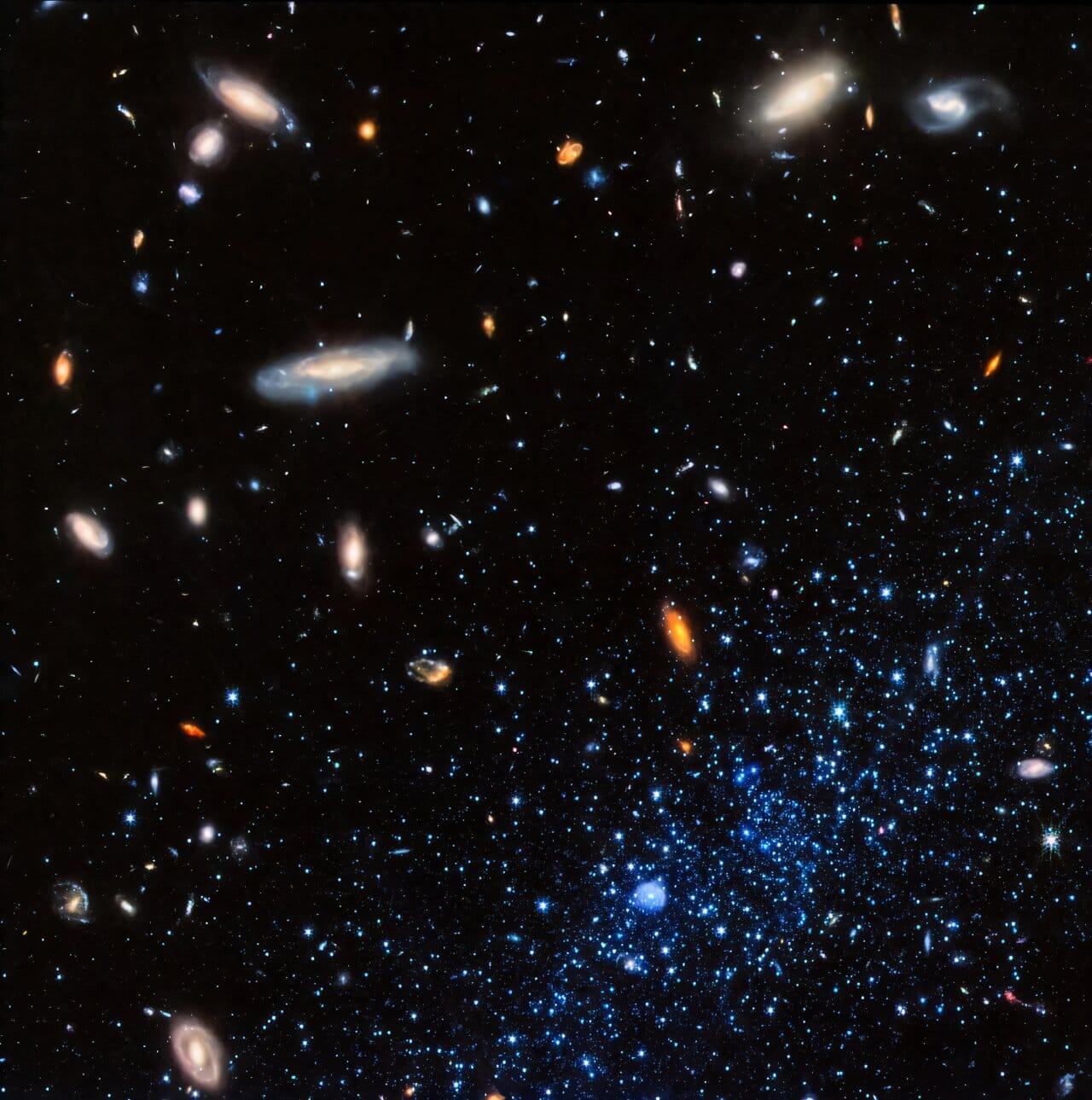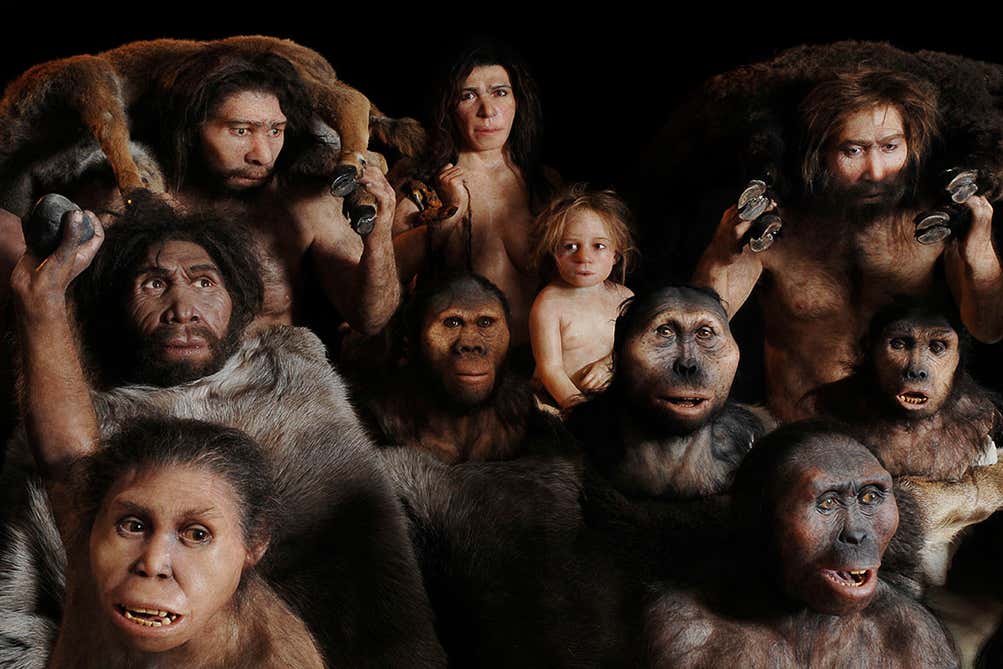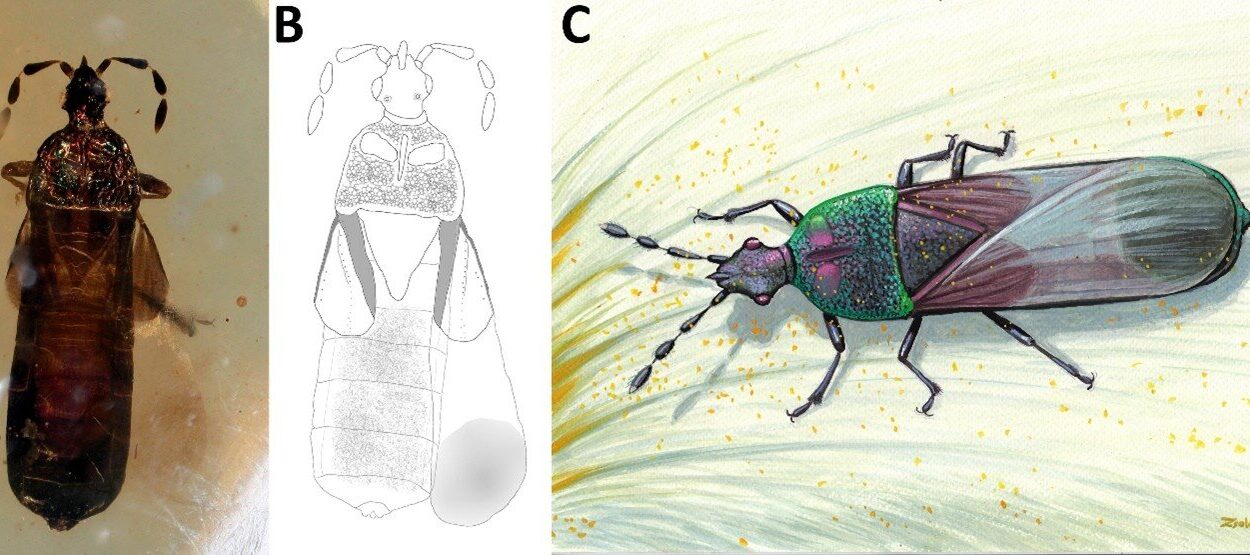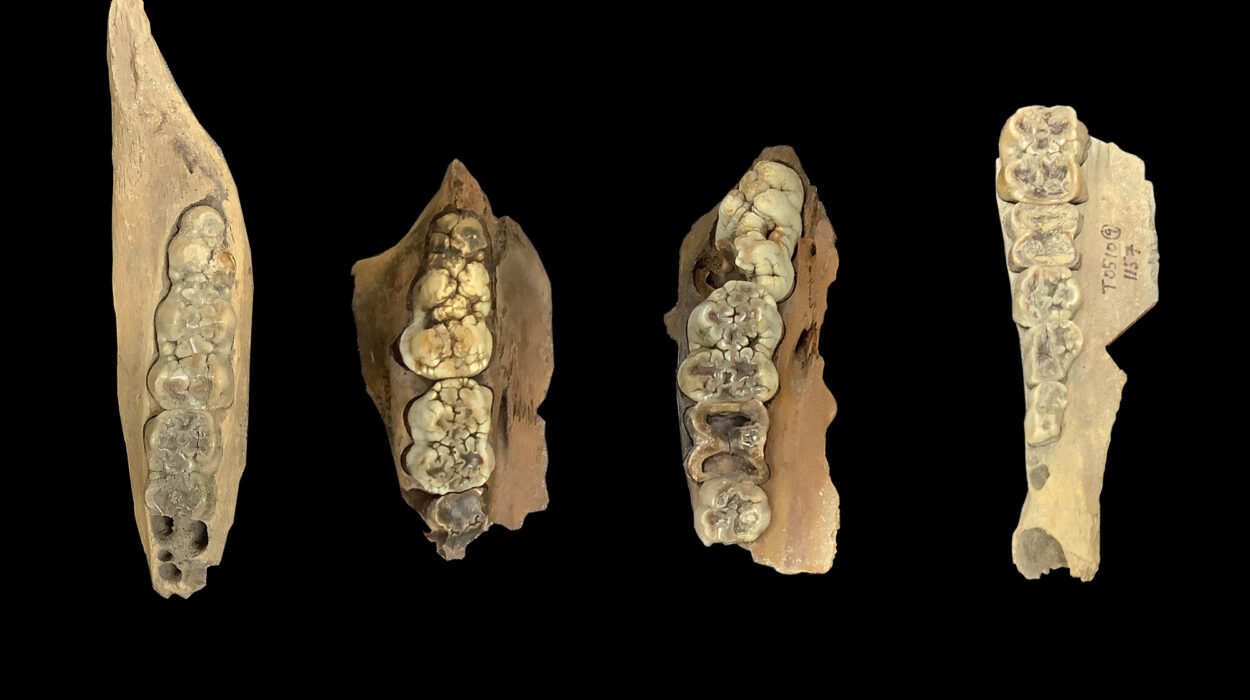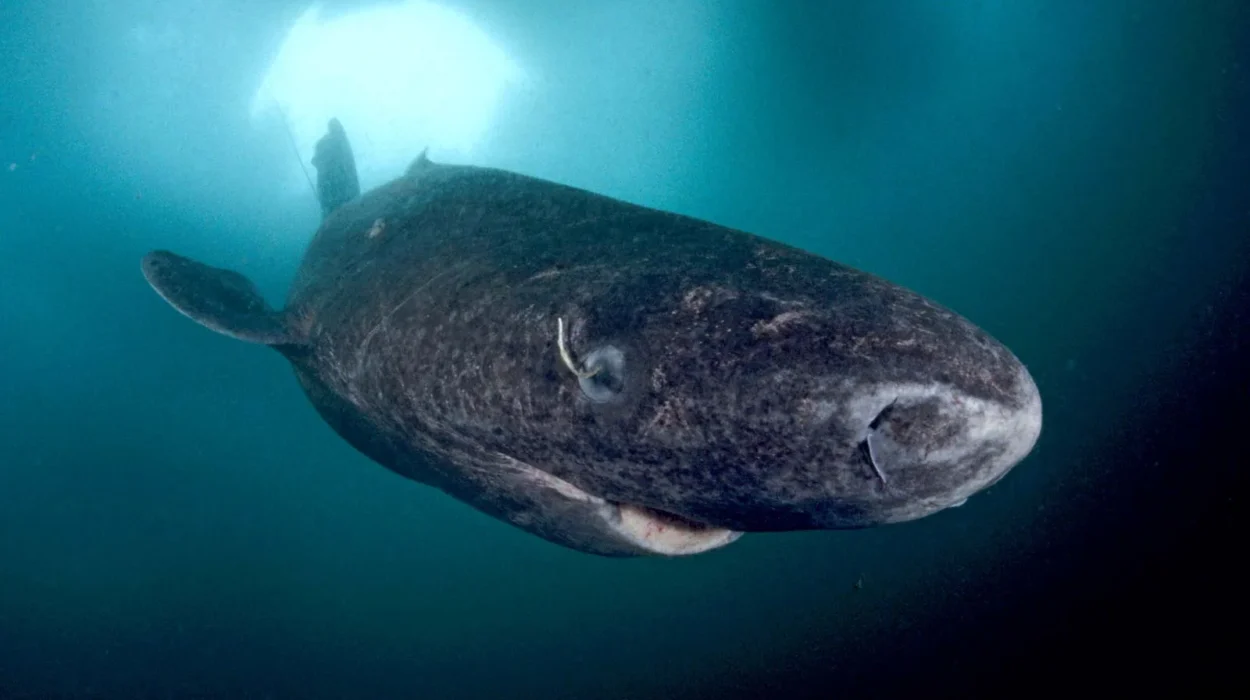It all began in silence. No stars twinkled, no galaxies turned. The cosmos was nothing more than a searing sea of light and plasma. Time itself had barely begun.
Then, from that violent stillness, came the Big Bang—an explosion not of fire, but of physics. In its wake, the young universe expanded with incomprehensible speed. In the first few minutes, the basic building blocks of everything—hydrogen, helium, and a trace of lithium—were forged. This process, called Big Bang nucleosynthesis, was the universe’s first act of creation. But it was a limited one. Heavier elements—the carbon in our bodies, the oxygen in the air, the iron in our blood—were still unimagined. To make those, the universe needed stars.
And the first stars were unlike anything we see today.
The Ghosts We Can’t See
Before the universe had metal, it had stars.
These early suns, called Population III stars, burned hot and died young. Formed entirely from the primordial hydrogen and helium left over from the Big Bang, they were massive, unstable, and short-lived. And they were pristine—completely untouched by the heavier elements that would come later. These stars lived fast and died explosively, seeding the cosmos with the first real metals: oxygen, carbon, nitrogen, iron.
We’ve never seen a Population III star. Not directly. They likely existed over 13 billion years ago, and their light has long faded. But their fingerprints remain. And where there are stars, there must be galaxies—vast cities of light, gravity, and gas. If these first stars existed, so too should their host homes: Population III galaxies, made entirely of unpolluted, metal-free matter.
Their discovery would be a kind of cosmic Rosetta Stone. A key confirmation that our models of the early universe are not just equations, but reflections of truth. Yet despite the many eyes we’ve turned to the sky, no one had ever found one.
Until now, maybe.
A Telescope That Changed Everything
In 2022, the James Webb Space Telescope opened its golden mirrors to the void. What it began to reveal left scientists speechless. There were galaxies—huge, complex ones—forming earlier than any model predicted. In some cases, only a few hundred million years after the Big Bang, galaxies appeared in their full, spiraling glory. It was like finding skyscrapers in a village that should still be laying bricks.
These discoveries did more than surprise—they shook the foundation of cosmic theory. If galaxies were forming faster and earlier, how did that affect everything we thought we knew about the sequence of events after the Big Bang?
But even as JWST peered further back in time than ever before, one mystery remained unsolved. It still had not uncovered a galaxy with zero metallicity—one that could be truly pristine, untouched by the explosive deaths of previous generations of stars.
And yet, that might have changed.
AMORE6: A Whisper from the Ancient Sky
A research team led by Takahiro Morishita, a staff scientist at Caltech’s Infrared Processing and Analysis Center, has announced something potentially revolutionary. Using the JWST and a stroke of cosmic luck known as gravitational lensing, they discovered a galaxy whose light left it when the universe was just 900 million years old. The galaxy is named AMORE6, and it may be the first known example of a Population III-like galaxy—an environment nearly pristine, shaped by ancient hydrogen and helium alone.
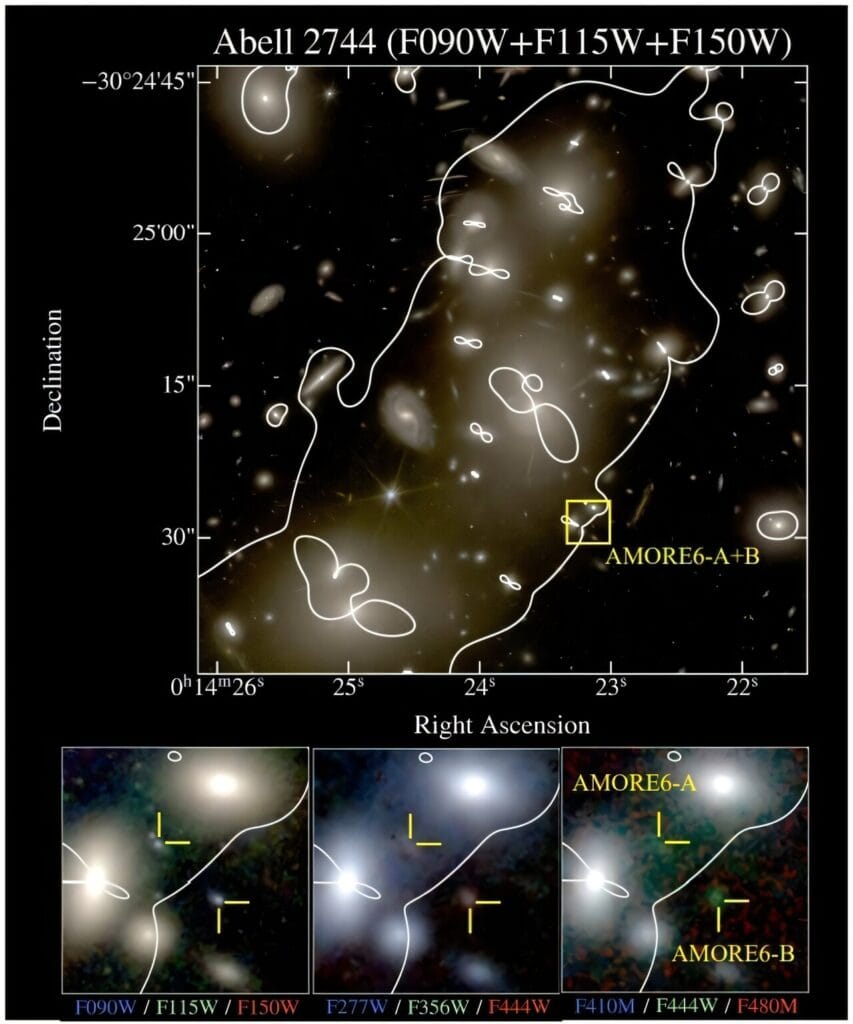
The discovery was possible only because of lensing—a phenomenon where massive objects like galaxy clusters bend and magnify the light of galaxies far behind them. This natural lens duplicated and amplified AMORE6’s light, making its delicate signals visible from across cosmic time.
What scientists found in that light was astonishing.
JWST detected the presence of Hβ emissions—a spectral signature associated with star formation. But it did not detect oxygen. And that matters. Oxygen is one of the first elements created in stars after the Big Bang’s initial element factory shut down. Its absence means something crucial: AMORE6 may be as close as we’ve ever come to seeing a galaxy made before metals.
What the Absence of Oxygen Means
In astronomy, absence can be presence. The fact that no oxygen lines—specifically [OIII] emissions—were found in AMORE6’s spectrum is not a void, but a message. It tells us this galaxy’s interstellar medium—the gas between its stars—is astonishingly low in metals. It may even be pristine, untouched by generations of stellar alchemy.
Morishita and his team describe the galaxy’s structure as extremely compact, with low stellar mass—characteristics expected of a young galaxy that formed in the early universe. Its light isn’t bright because of billions of old stars. Instead, it’s bright because of massive, rapidly forming new ones.
And yet, its timing is puzzling. AMORE6 appears nearly 1 billion years after the Big Bang. That’s later than some of the more mature galaxies JWST has already observed. Why would such a primitive galaxy be forming so “late”? Was it hiding, or did it somehow manage to remain chemically untouched for that long?
This anomaly raises deeper questions. Could there have been pockets of pristine gas that survived cosmic history, isolated from the wave of metal-rich stars that swept through the universe? Or did this galaxy form from gas that, by some mechanism, remained sheltered from stellar recycling?
The Science of Light and the Art of Timing
Light is the universe’s time machine. When we observe a galaxy at redshift z = 5.725, as in AMORE6, we’re seeing it not as it is now, but as it was billions of years ago. The JWST doesn’t just look far—it looks backward, capturing the ancient glow of events that happened long before Earth formed.
Spectral lines like Hβ and [OIII] act as cosmic fingerprints. Hβ tells us that stars are being born. The absence of [OIII] says those stars aren’t enriching their surroundings with oxygen—yet. That makes AMORE6 a tantalizing candidate for a galaxy where the first heavy elements may only just be starting to form—or haven’t formed at all.
And that brings us closer to answering one of astronomy’s most profound questions: What did the very first galaxies look like?
Why It Matters: Confirming the Cosmic Blueprint
Astrophysicists have long had a model of the universe’s birth and evolution. It’s neat, elegant, and powerful. But like all scientific models, it is only as strong as the evidence that supports it. The existence of pristine, zero-metallicity galaxies is one of those make-or-break pieces. Without it, there’s a lingering hole in the story—a theoretical prediction without an observed reality.
Morishita’s discovery doesn’t just support the Big Bang model. It validates the sequence: primordial gas leads to first stars, first stars create metals, metals build more complex stars and galaxies. And the absence of oxygen in AMORE6 is like hearing an ancient echo whisper: “Yes, this is how it happened.”
This is more than a curiosity. It’s a milestone. For decades, astronomers have dreamed of finding just one glimpse of a metal-free galaxy. And now, that glimpse may finally be real.
A New Beginning at the Break of Cosmic Dawn
The title of the paper speaks volumes: “Pristine Massive Star Formation Caught at the Break of Cosmic Dawn.” It captures the poetry of this moment in science. We’re not just seeing another galaxy. We’re seeing the dawn of complexity in the universe. The first steps out of the darkness. The moment when hydrogen and helium, sculpted by gravity and time, began to burn and transform.
And now, with JWST’s golden mirrors aimed ever deeper into the past, we may be entering a new era of cosmic archaeology—one where we don’t just theorize about the earliest galaxies, but see them, study them, and begin to understand how everything—planets, oceans, trees, people—became possible.
As Morishita and his colleagues note, the discovery may seem surprising. But it is, in every sense, reassuring. It tells us that the universe, while still full of mystery, may be even more knowable than we dared hope. That our theories were not castles in the sky, but maps leading us home.
And that even now, more than 13 billion years later, the light of those first stars can still find its way to us—across space, time, and wonder.
Reference: Takahiro Morishita et al, Pristine Massive Star Formation Caught at the Break of Cosmic Dawn, arXiv (2025). DOI: 10.48550/arxiv.2507.10521
